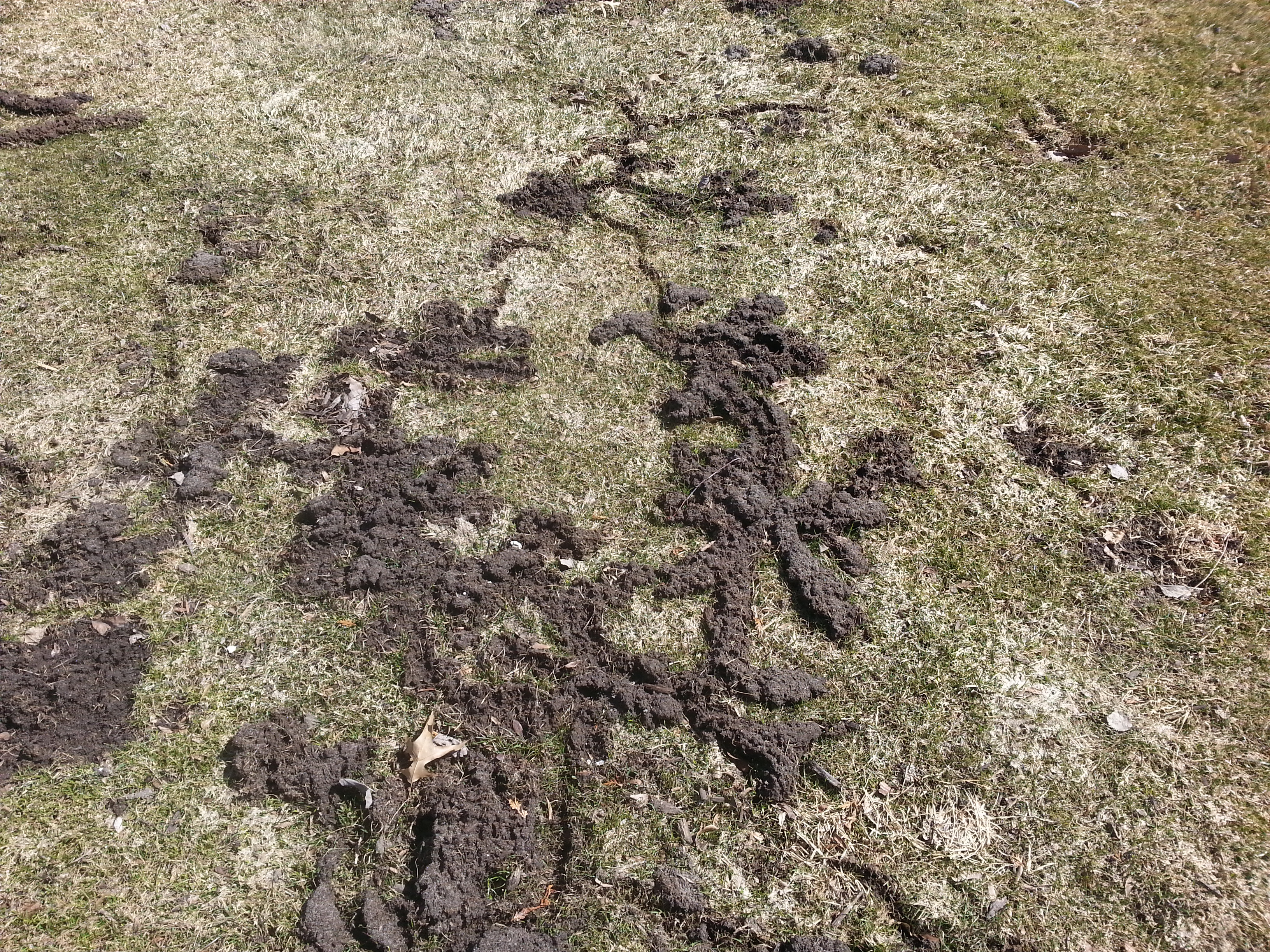Comprehensive Vole Pest Control Services in Utah
Comprehensive Overview to Efficient Vole Insect Control: Invasion Identification and Therapy Techniques
In the realm of efficient bug control, vole invasions pose an unique challenge that requires a tactical approach. These little rodents, usually mistaken for computer mice, can ruin gardens, yards, and crops if left uncontrolled. Recognizing the indicators of vole visibility and applying targeted therapy methods are vital parts of an effective pest management plan. By checking out the subtleties of vole behavior, comprehending key signs of infestation, and evaluating a series of control alternatives, one can establish a comprehensive method to combat these elusive pests.
Comprehending Vole Habits
Vole actions is defined by their delving routines and fast reproduction prices, making them a difficult pest to regulate effectively. Their rapid reproductive rate additional complicates control initiatives, with women capable of generating multiple clutters in a single year, each consisting of numerous children.
Recognizing vole behavior is vital for effective insect control techniques. By determining their burrow areas, keeping track of feeding locations, and implementing targeted control techniques, such as capturing or habitat adjustment, vole infestations can be managed effectively.
Indicators of Vole Problem

Prevention Approaches
Carrying out efficient avoidance approaches is vital in minimizing vole problems and safeguarding vegetation from their damaging feeding habits. To prevent vole infestations, it is important to start by removing possible food sources and sanctuary.
Regularly examining the residential or commercial property for signs of vole activity, such as runways and tunnel openings, is vital for very early discovery and prompt activity. Consider making use of catches or repellents purposefully placed near their look at more info paths if vole task is suspected. Employing natural predators like owls or serpents can also assist keep vole populations in check. By implementing a mix of these prevention strategies, home owners and gardeners can properly safeguard their plant life from vole damage.
Non-Lethal Control Techniques
To efficiently manage vole populaces while prioritizing gentle approaches, non-lethal control strategies offer useful remedies for decreasing vole damages in landscapes and gardens. These barriers can be hidden at least 12 inches bent and deep at a 90-degree angle to avoid voles from burrowing beneath.

Lethal Control Options
One reliable method for resolving vole invasions in yards and landscapes includes the strategic use of lethal control alternatives. When encountered with an extreme vole problem that non-lethal methods have actually stopped working to consist of, applying dangerous control procedures ends up being vital. On the whole, when utilizing dangerous control options, it is vital to do so sensibly and in accordance with neighborhood guidelines to properly manage vole invasions.
Verdict
To conclude, efficient vole parasite control requires a detailed understanding of vole behavior, recognition of indicators of problem, implementation of prevention strategies, and use of both deadly and non-lethal control methods. By integrating these approaches, people can properly take care of vole populaces and secure their building from damages. It is essential to address vole invasions without delay to stop additional problems and reduce the effect on the surrounding click here now environment.
Provided the intricate passage systems and fast reproduction prices characteristic of voles, recognizing the indicators of vole invasion becomes necessary in effective insect control. One of the key indicators of vole visibility is the existence of surface area runways or routes in yard or snow, normally about 1-2 inches broad, produced as voles travel between their burrows and food sources.To successfully take care of vole populaces while prioritizing gentle methods, non-lethal control methods supply practical services for reducing vole damage in landscapes and gardens.One efficient method for addressing vole invasions in landscapes and yards includes the tactical usage of deadly control alternatives. vole lawn damage.In conclusion, efficient vole pest control requires a detailed understanding of vole behavior, recognition of indicators of invasion, execution of avoidance strategies, and use of both dangerous and non-lethal control methods